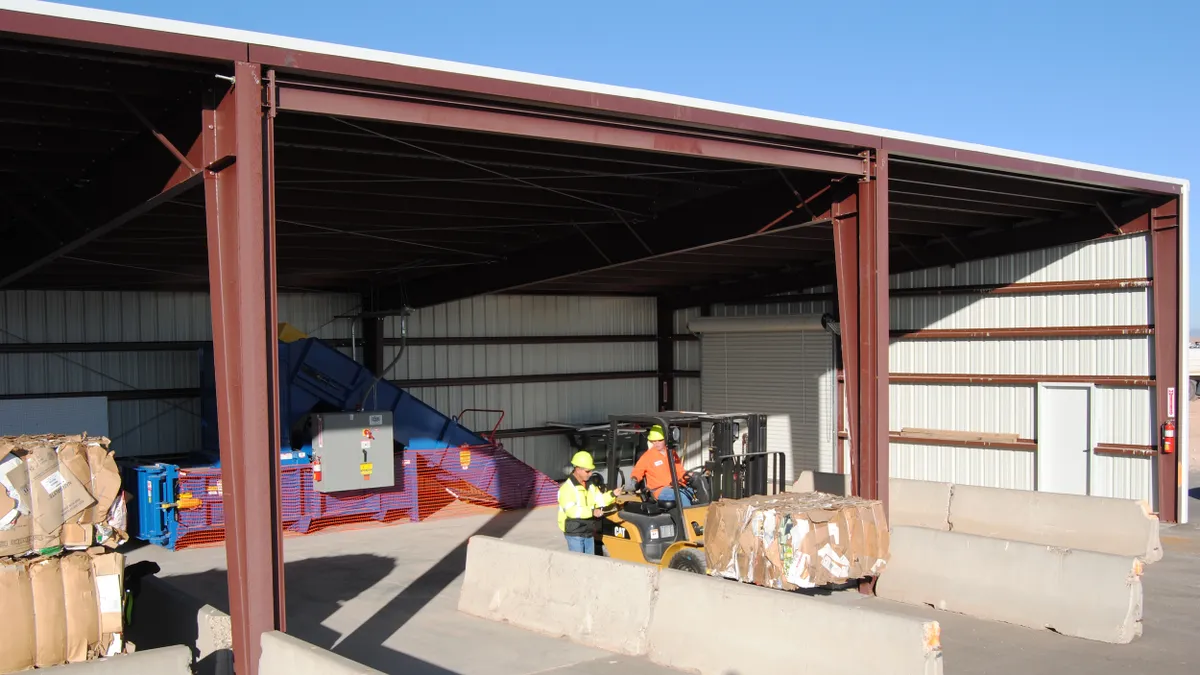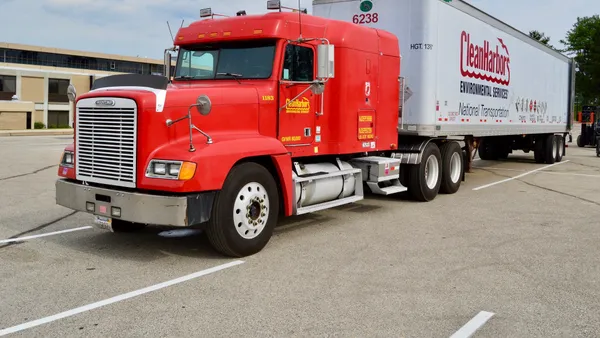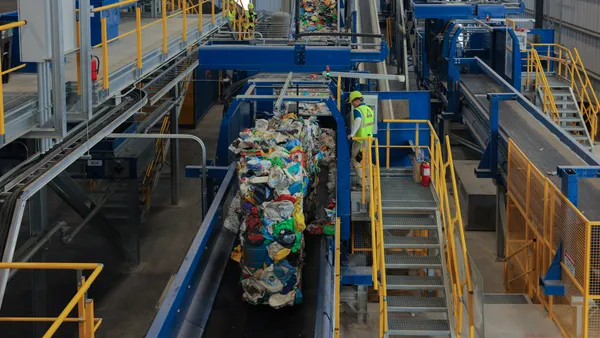UPDATE: Oakland, CA's public works committee met last week to address the city's storm drain litter problem — the worst in the Bay Area — yet it is unlikely the city will meet its requirement to reduce litter 70% by a July 1 deadline, as reported by San Francisco Chronicle. If the city does not meet this deadline, it could face fines of up to $10,000 daily.
While the most effective way to reach the target would be to install hydrodynamic separators across the city's entire storm drain system, the separators can cost up to $1 million each, making that solution too expensive. The city has already invested in 12 separators and is installing mesh pipe screens in the drains not covered by separators. Mayor Libby Schaaf noted this could cost $20-25 million a year.
If Oakland can prove to the San Francisco Bay Regional Water Quality Control Board that the city is taking effective steps to mitigate the problem, the July 1 deadline for compliance may be extended. However, the Chronicle reported Mayor Shaaf's proposed 2017-19 budget does not include additional money for this cleanup effort.
Dive Brief:
- The city of Oakland, CA is one of 76 municipalities in the San Francisco Bay area where California has required a sharp reduction of litter by 2025 per the terms of stormwater runoff permits. According to regional environmental group Save the Bay, Oakland is one of 26 communities that is unlikely to meet an upcoming benchmark goal, as reported by the East Bay Times.
- Based on a 2012 estimate of 98,625 gallons of litter entering the bay in 2012, Oakland must show a 70% reduction by July. The city's current reduction level is under 45%. Last year the city also failed to reach a 60% reduction target.
- So far Oakland has gotten a pass by submitting detailed reduction plans, but the state water board could potentially fine the city $10 per gallon of litter in the future. City officials say these fines could hinder their ability to make necessary investments and have said a more beneficial strategy would be requiring full compliance by 2025 without benchmark goals.
Dive Insight:
In 2012, Oakland was already capturing more than half of the waste it was letting into the bay through street sweepers, storm drains and pump stations. Upgrades could be made to existing stormwater and sewer infrastructure to catch more of this material, but they are expensive. The city has also banned certain types of plastic bags and polystyrene packaging, invested in illegal dumping surveillance technology and imposed an annual fee on businesses thought to create more litter to aid in cleanup costs.
Local officials have seen progress so far, though it may not be fast enough. If they continue to miss the state's reduction benchmarks, a third-party could sue them for noncompliance. Last year, San Jose settled a $100 million lawsuit with environmental group San Francisco Baykeeper over a similar situation.
Though packaging restrictions or fees may not be the answer, these types of situations further highlight why many local officials and environmental groups think they may be the best option. A recent report from the Ocean Conservancy estimates that 250 million metric tons of plastic could enter waterways by 2025 if current trends aren't reversed and the United Nations Environment Programme continues to advocate for a range of policies — including material bans — to address the crisis. More coastal municipalities are making investments in collection infrastructure and considering different regulatory strategies, but without a drastic shift it still may not be enough.













